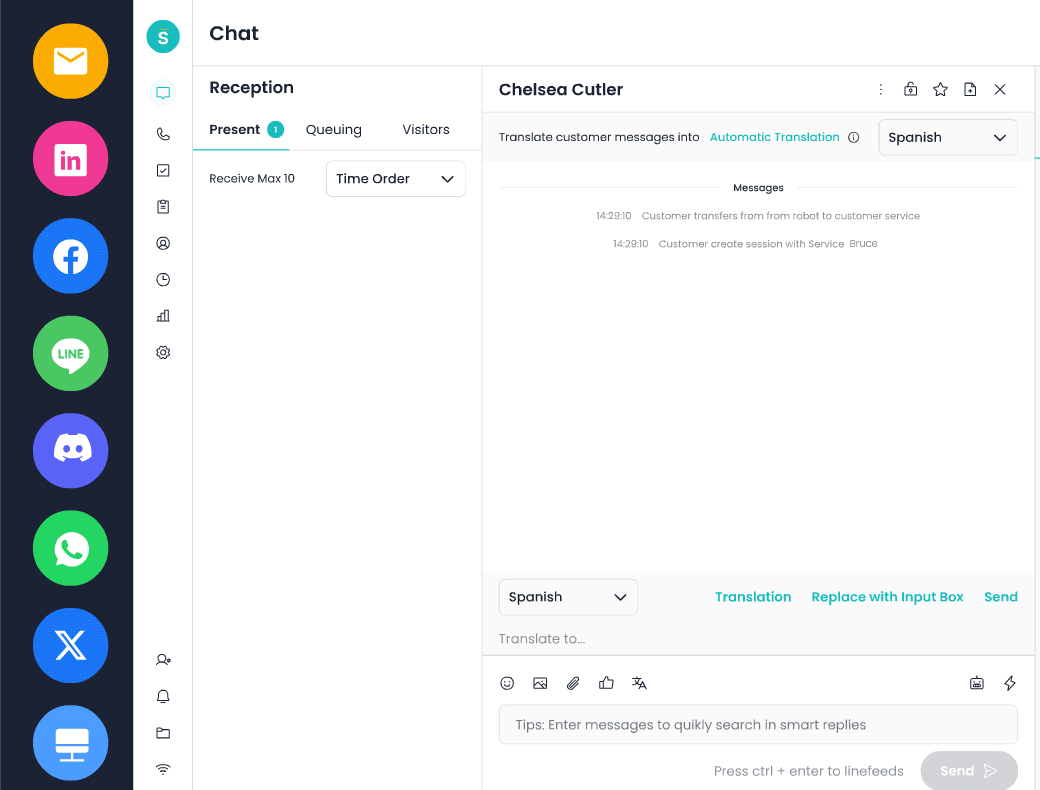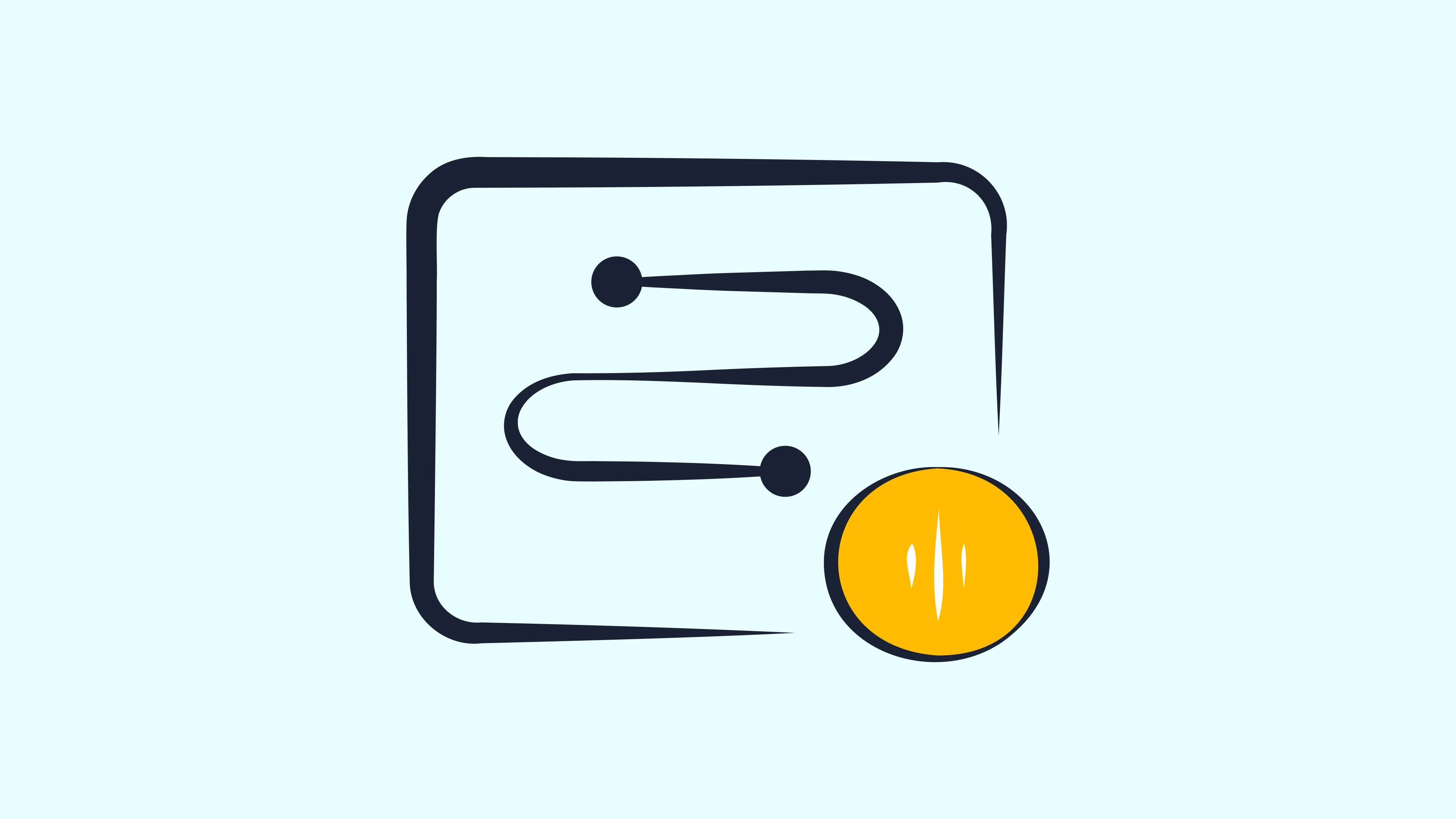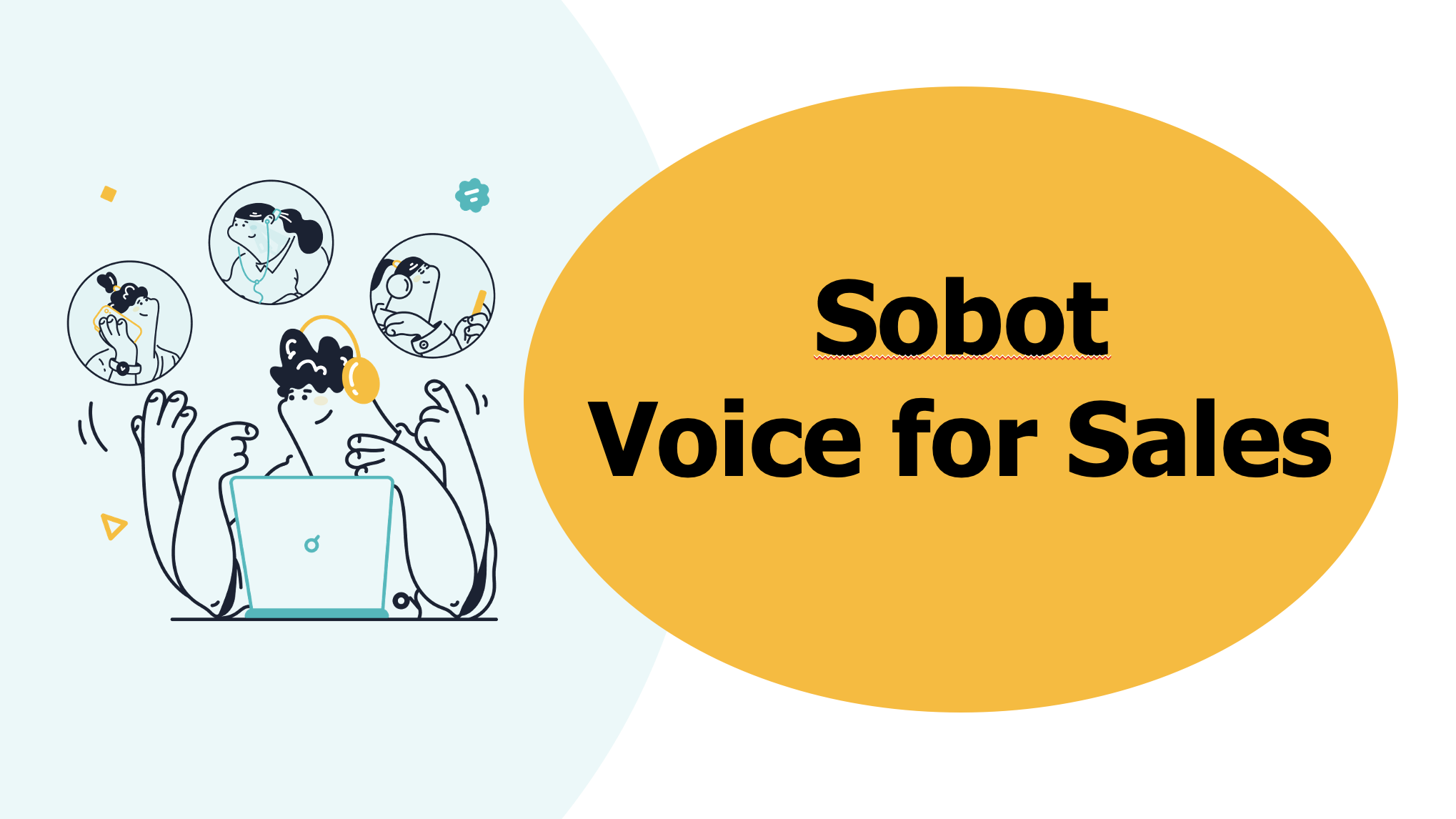A call flow serves as a guide for call center agents, outlining the sequence of events that should accompany a successful conversation. A series of prompts for various scenarios is included in these call center procedures, which allow agents to ask the appropriate questions, say the appropriate things, and use the information to provide the appropriate solutions. As a consequence, they can utilize it to expedite and effectively manage end-to-end consumer interactions.
Routing Customer Contacts
A call flow may also serve as an indicator of how consumer contact is routed through the organization at a macro level. Call flows are the route map that outlines the process by which customers connect with the appropriate representative. The goal is to ensure that this flow is as effortless as feasible.
Impact on First Call Resolution
Given that call patterns establish the potential for FCR, customer engagement (and satisfaction) are the logical, natural progressions. Although it may necessitate multiple calls to resolve the customer issue, the presence of call flows suggests that you appreciate your customer and their time.
Better Customer Experience
It streamlines the process of transitioning from a problem to a solution and enhances its value. At the same time, by making your consumers feel valued and understood, the agents will successfully plant the seeds of a favorable brand impression.
Prioritizing Customer
Saying that a customer’s call is vital to your company is one thing, but making them believe you mean it is another. By prioritizing the customer experience and harmonizing it with the capabilities of the agent, call flows contribute to the meaning of your words.
Consequently, call centers that have successfully optimized their call patterns achieve superior outcomes in comparison to their competitors who are experiencing difficulties with the same.
Although there is no definitive formula for success, adhering to trends, continuous innovation, training and skill development, and performance evaluation can ensure that you are optimizing your call flows.
The Significance of Call Flow Control in Call Centers
A call flow is a critical enablement asset that optimizes performance, whether it involves redirecting calls to the appropriate agent or employing the optimal strategy to address customer concerns. To comprehend its significance, contemplate the subsequent advantages that strategic contact center call flow generates:
Enhancing FCR
The most important ideal of contact centers is First Call Resolution (FCR), which is established by call flows. Agents can look at the call flow to get all the important details they need to figure out what the problem is. They will be able to provide more precise and acceptable resolutions and make fewer errors with the appropriate insights.
Prioritizing Customer Engagement
Following call processes, which provide the groundwork for FCR, the next logical step is to ensure customer engagement and happiness. Having call flows on hand shows that you respect the customer’s time and business, regardless of how many calls it takes to fix the problem.
Improving Agent Performance
Call flows are like giving your contact center agents the secret ingredient to success when it comes to agent efficiency. Through such proactive enablement, there is no uncertainty regarding the methods for achieving productivity and preventing exhaustion. Smart call flow management also entails selecting the appropriate agent for a task that enables them to leverage their strengths. Agents with this level of autonomy are more likely to stay and provide greater outcomes.
Less Operational Cost
Effective call flows pave the way for decreased operational expenses in more than one manner, which is one of the many ways of reducing operational costs. Operational expenses may be reduced by transitioning to cloud-based phone systems. Concurrently, it will also provide opportunities for the automation of workflows on a larger scale.
Performance Matrix
As we can see from the aforementioned advantages of call flow, it boosts the call center’s overall performance, which in turn improves metrics. Thus, it can serve as an indicator of critical performance metrics, including average handle time, average hold times, FCR, net promoter score (NPS), and CSAT scores, which are useful for monitoring and evaluating call center success.






